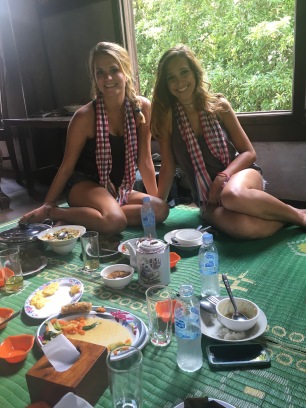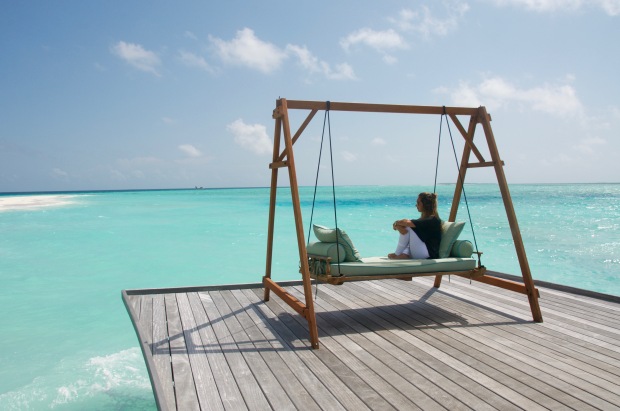The loud music, flashing lights, exquisite over the top costumes, and incredible makeup was a lot to take in for a first time drag show attendee. With stuffed tissue paper in my ears to adjust the sound to a more bearable noise level, I sat back and enjoyed a two hour cabaret performance unlike anything I could have ever anticipated.
As a tourist in Thailand coming across a ladyboy, or transvestite, is an everyday encounter. A book by Genny Beemyn titled, Transgender History in the United States says a transvestite is an individual who is, “Overcome with a feeling of peace, security and exaltation, happiness and well-being . . .when in the clothing of the other sex.”
Because ladyboys are so accepted in Thai society they live normal lives, have good occupations and are rarely discriminated against. This acceptance of the LGBT community might have something to do with the country’s predominately Buddhist values of reincarnation and equality. However, Chiang Mai local Jennifer Leeper has a different opinion on the topic.
“It is a complicated and touchy subject,” she said, “ladyboy culture is so huge and common because it is glamorized in Thai society. Take Cabaret shows for example- the performers are celebrities. It’s like a long living fad.”
Whatever the reason behind the vast and growing ladyboy community might be, it is eyeopening to see how accepting people are of people unlike themselves in another country. Personally I would have to say that Thailand is far more advanced in the acceptance of the transgender community than the United States.
I had the privilege of studying abroad in Thailand with my friend Richie Kelly who is a third year Business Administration major at Cal Poly. Kelly, is very involved with the drag community in San Luis Obispo and has participated in many shows put on by both companies in the Santa Maria area as well as through the Cal Poly Queer Student Union.
Unfortunately, due to political issues, Kelly says Cal Poly stopped putting on drag shows; however, him and a friend are currently in the process of forming an on campus club that would be able to reinstate drag shows and serve as a safe space for any student interested in drag.
In the video below, Kelly sheds light on how the acceptance of the LGBT community varies from country to country and the significant role drag plays in pushing for change here in the United States.






